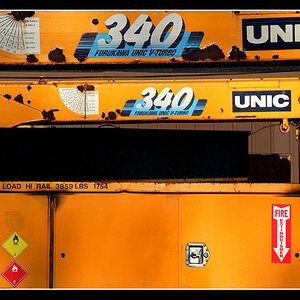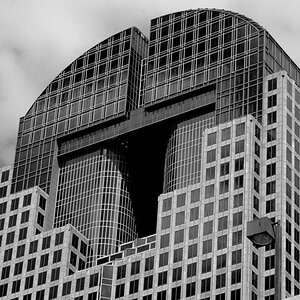MReid
TPF Noob!
- Joined
- Nov 10, 2011
- Messages
- 649
- Reaction score
- 98
- Location
- Boise Id.
- Website
- www.alloutdoor.smugmug.com
- Can others edit my Photos
- Photos OK to edit
Having fun shooting some film.
I have not made any prints from scans yet.
My question is:
If I take the same properly exposed photo on slide film or normal color film, all things being as equal as they can be.
And assuming the subsequent scan of each is as good as they can be.
Would a print from the slide film be brighter and have more vibrant colors than a print from color film?
When viewing the two different mediums. The slide is so much more vivid and bright....for all the obvious reasons...I am curious to hear from those of you which have had both mediums printed from scans, to hear if that viewing difference carries over into the actual prints.
Apologize if this is a stupid question to those of you with years of experience. Thanks.
I have not made any prints from scans yet.
My question is:
If I take the same properly exposed photo on slide film or normal color film, all things being as equal as they can be.
And assuming the subsequent scan of each is as good as they can be.
Would a print from the slide film be brighter and have more vibrant colors than a print from color film?
When viewing the two different mediums. The slide is so much more vivid and bright....for all the obvious reasons...I am curious to hear from those of you which have had both mediums printed from scans, to hear if that viewing difference carries over into the actual prints.
Apologize if this is a stupid question to those of you with years of experience. Thanks.


![[No title]](/data/xfmg/thumbnail/32/32950-1cc3896bf614e9412d7fda271f5e63c8.jpg?1619735784)
![[No title]](/data/xfmg/thumbnail/33/33847-620ea3a471c8ec2ae89451f9ee9dcb84.jpg?1619736166)
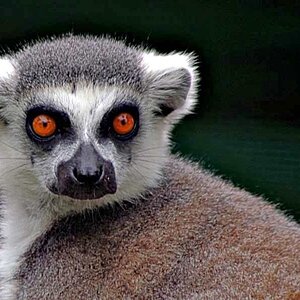
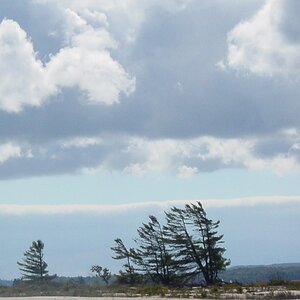
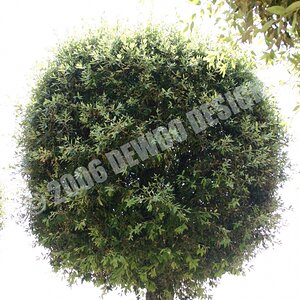
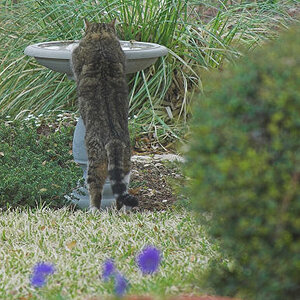
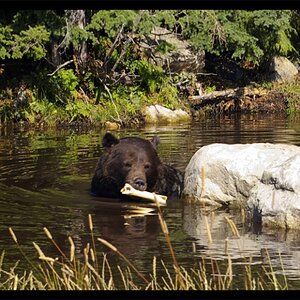
![[No title]](/data/xfmg/thumbnail/37/37624-7f9c9a5c8c7bcb5e62f67313e2e48dbc.jpg?1619738153)

